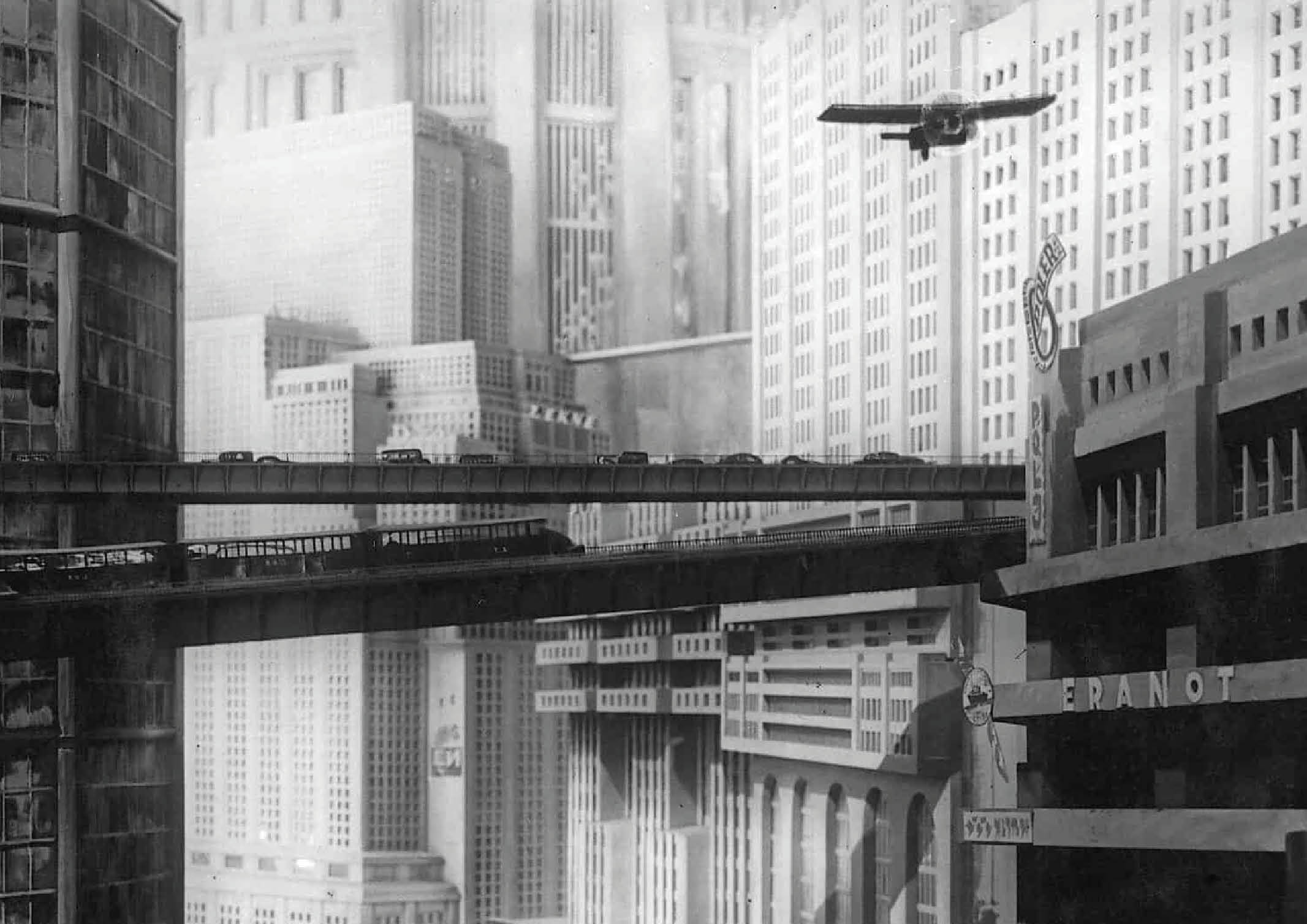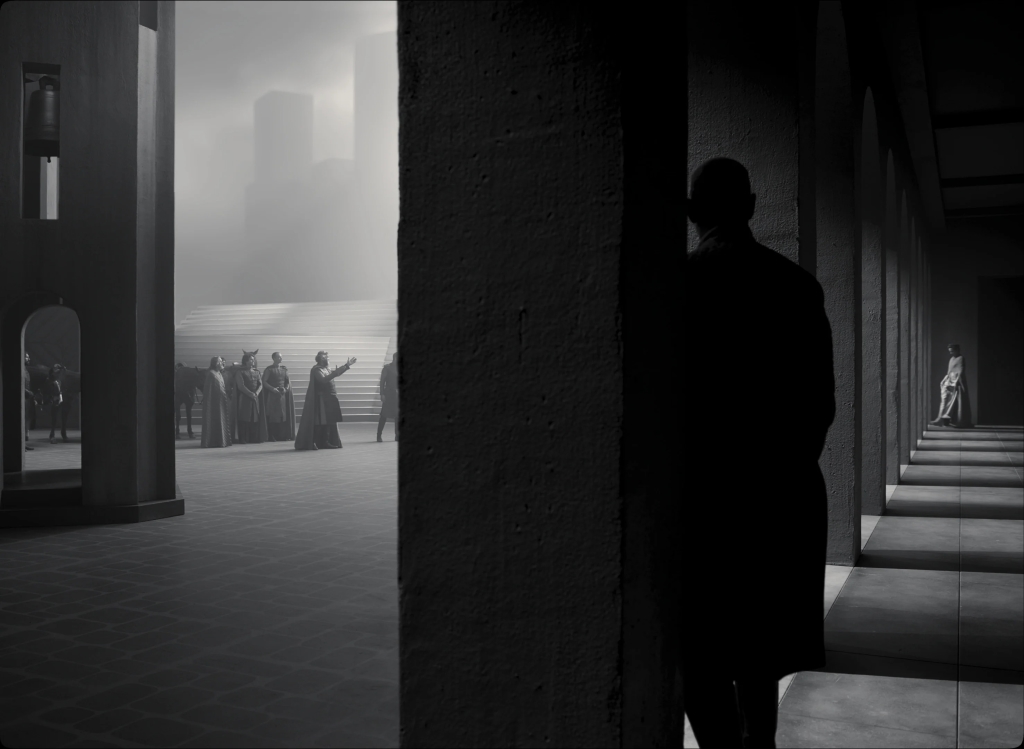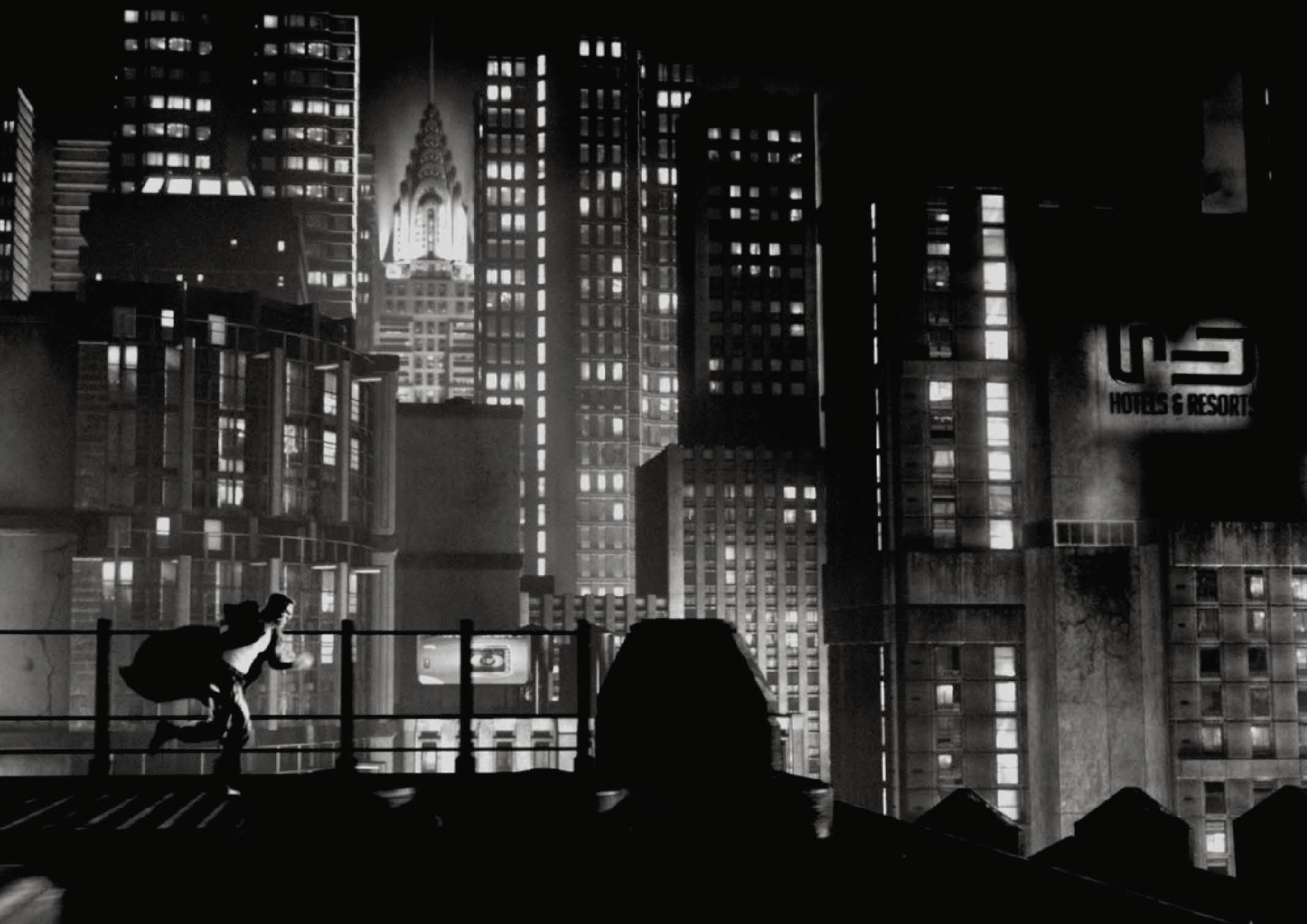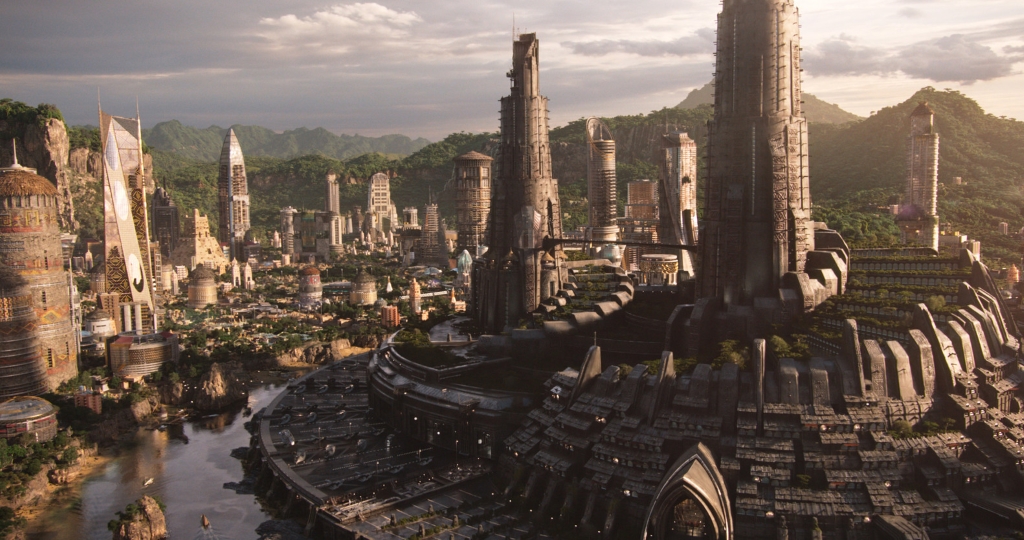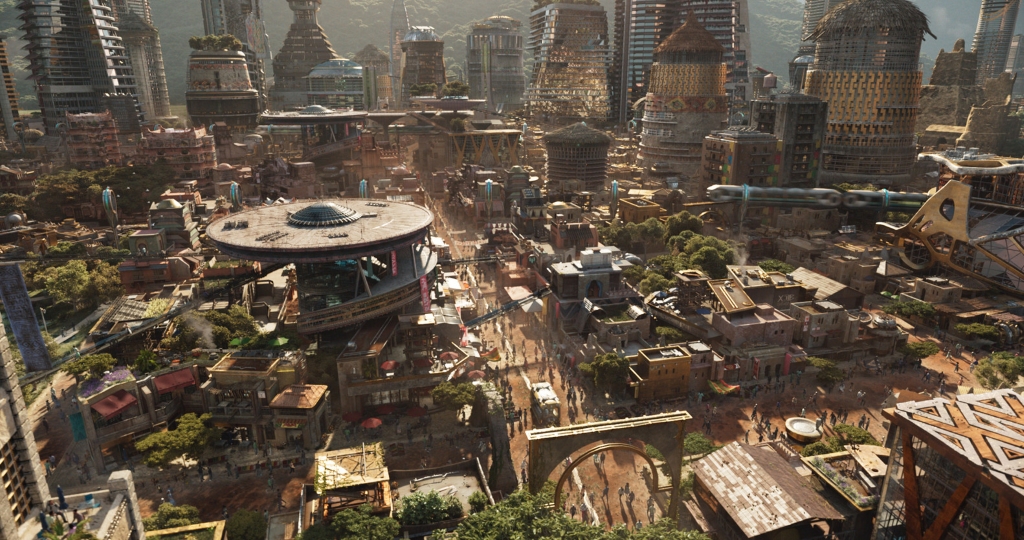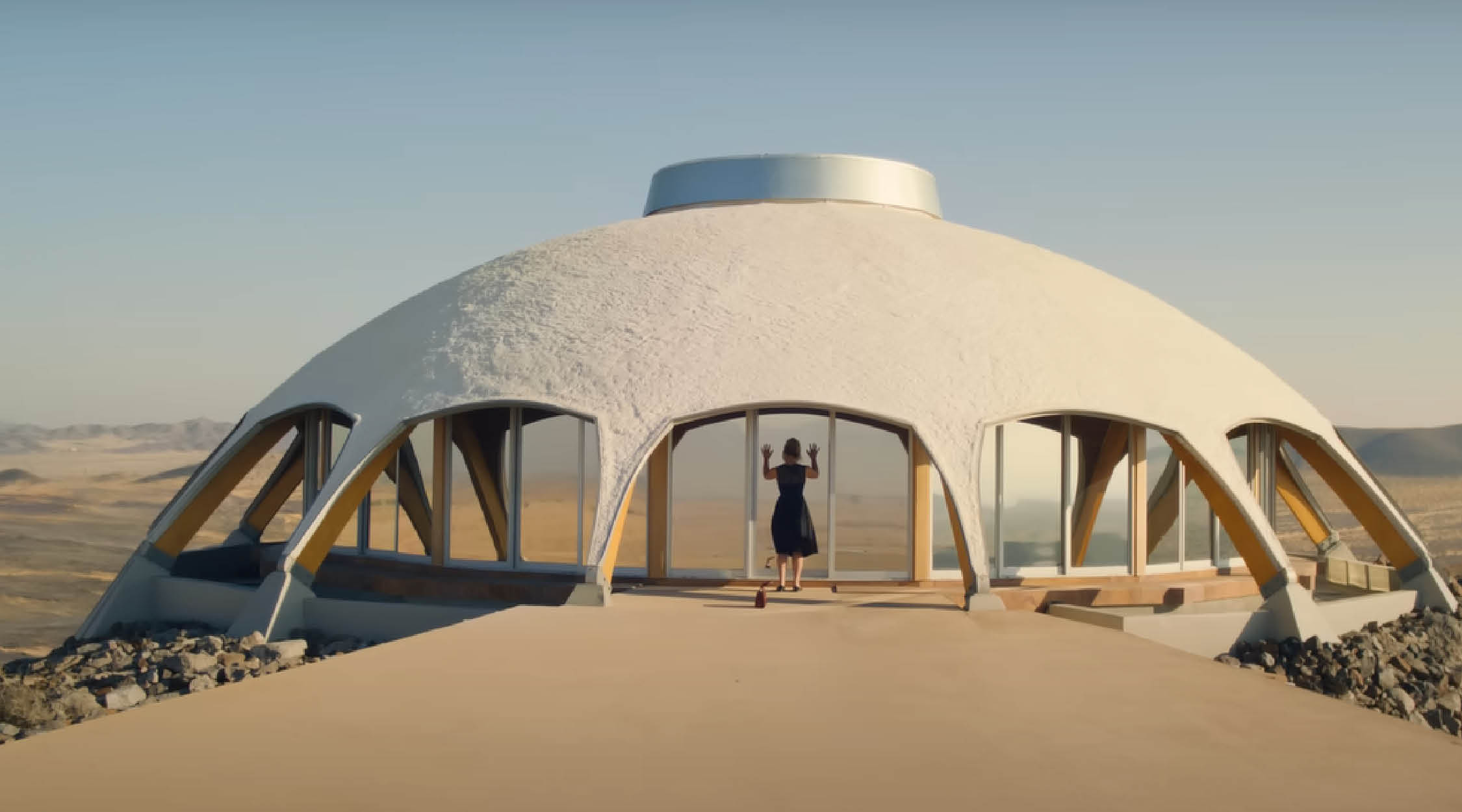
Rethinking Architecture in Science Fiction
Of all art forms, one that is truly capable of capturing the essence of Architecture, is the cinema. Tangible reality plays a big role in big screen. One cannot ignore that the fascination caused by this art comes from its capacity to create imaginary worlds, to activate mental spaces, and to take effect on emotions. In a sense, the world depicted in these stories serve as a basis for a new narrative.
One of the elements of most affinity between architecture and cinema is scenography. Starting from a simple concept, the set designer integrates an entire study of the cinematographic space, composed of scenarios and reorganization of objects. Going beyond the notion of decoration and interior design, the setting tells a story, and the elements chosen can highlight a possible personality of the character or contribute to the understanding of the narrative.
A Critique on The Cinematic Universe
In Science Fiction, the author creates a story in which the setting takes a huge part in the story. The change in the lives of its inhabitants is revealed through narrative consequences within the imagined environment.
Viewers are submitted to a different set of norms, subject and fluid. Urban landscapes that don’t obey the rules of gravity and Tangible Reality. Labyrinths of the Dream World. Terrifying Fictional reality of iconic Cityscapes destroyed by Extreme calamities. A society with increasingly large number of androids. A High-Tech Dystopian City marked by Tall Buildings, Flying Cars, and a profusion of screens and lights. Urban settings across galaxies that provide reverie for architectural exploration.
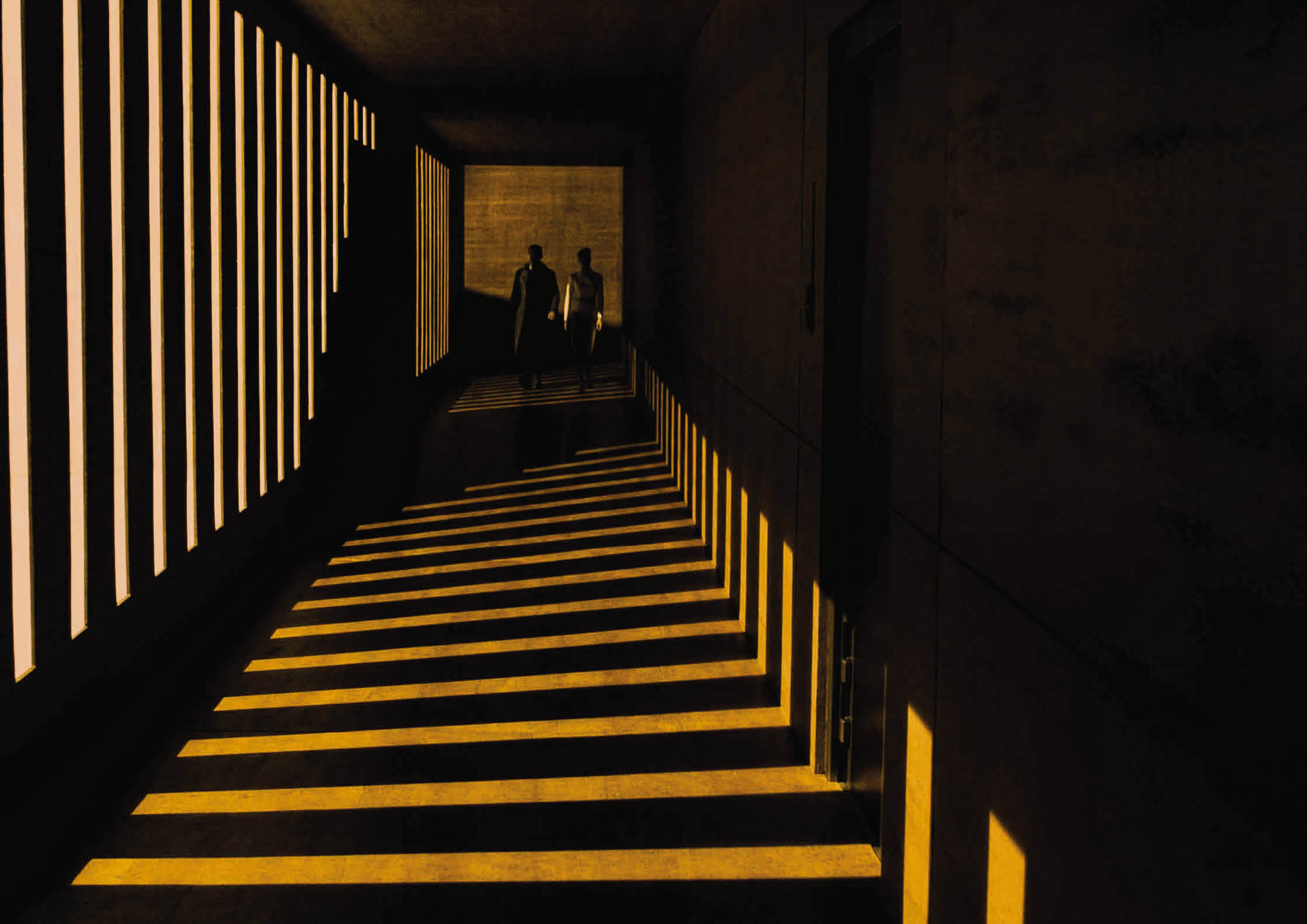
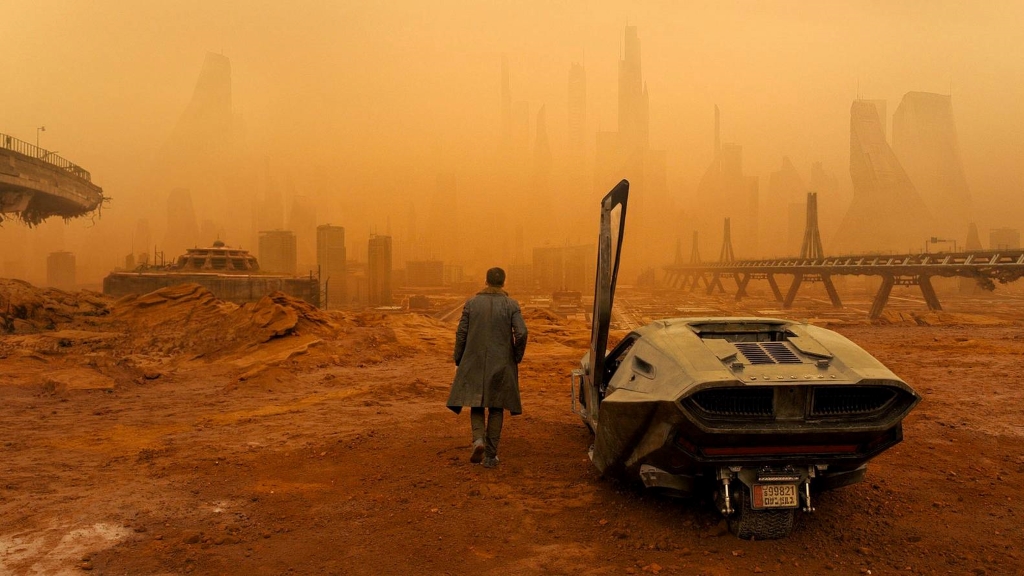
Blade Runner 2049. Stills. Image © 2017 Warner Bros. Entertainment Inc. via imdb. used under fair use
Dystopic visions of future cities also make up the specter of architecture’s role in cinema. An example of this is the film Blade Runner (1982) by Ridley Scott, and The 2017 version, directed by Denis Villeneuve, which features the fictional city of San Angeles that is the product of a “new cybernetic society that brings together ethnicities and diverse architectural styles”. The result – a dystopian manifestation of “postmodernism guaranteed by the capitalist supremacy of the postindustrial era.
In one of MCU’s most acclaimed movies, The Architecture and Urban Planning of Wakanda is guided by Traditional African Architecture, employing conical thatched roofs, earth hues, and natural materials. As for the urban landscape, the technologically advanced part of the country took inspirations from Zaha Hadid’s buildings, which were futuristic, yet had references to the elements.
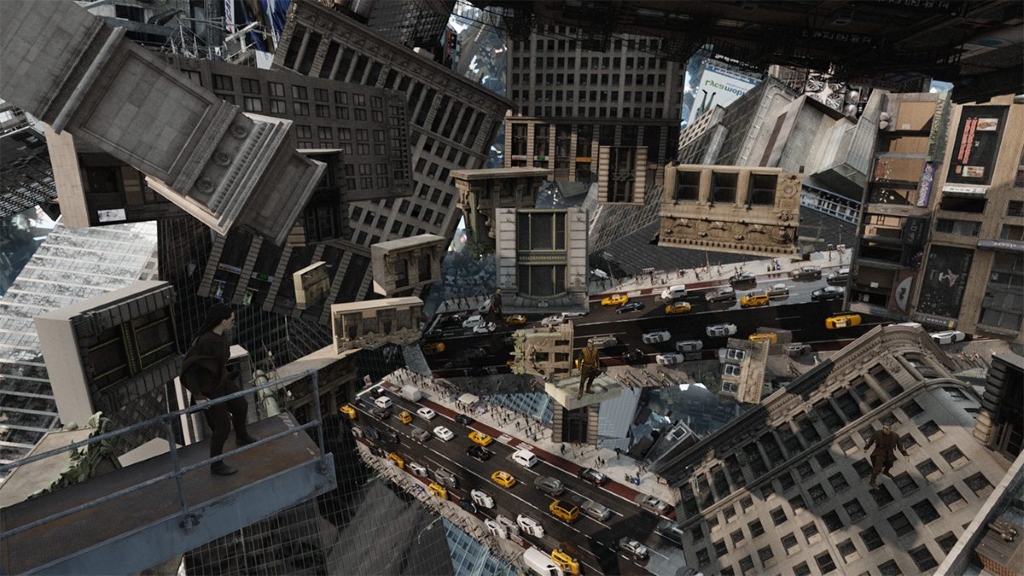
Doctor Strange. Image © 2016 Marvel. via imdb. under fair use
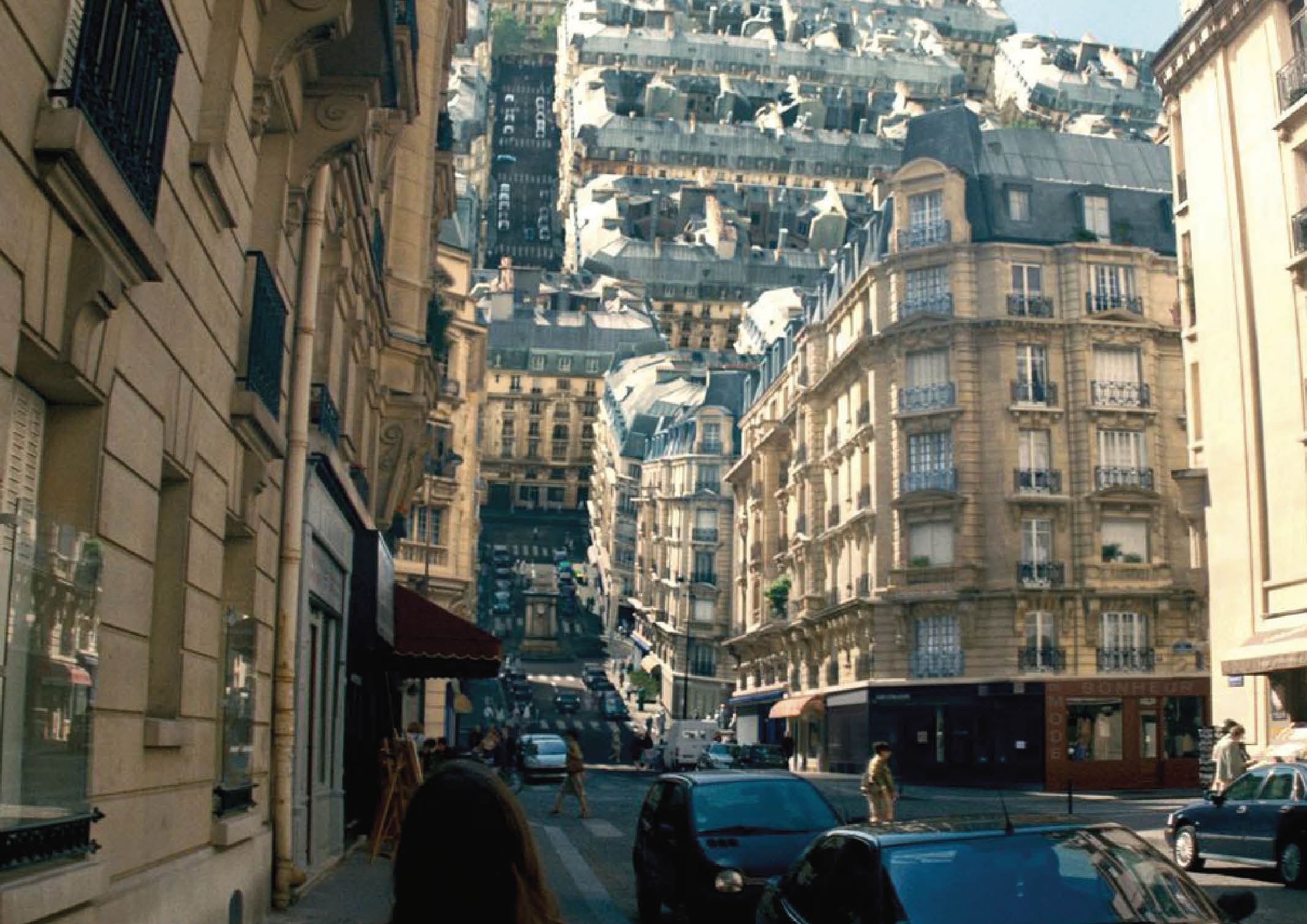
Inception. Stills. Image © 2010 Warner Bros. Entertainment Inc. via imdb. used under fair use
These, among with many other examples, without any doubt, represent the real world in the genesis of cinema. Films have emerged contemporaneously to modern architecture and – although unintended- it has become an instrument of evaluation of modern architecture and society. And the link between these two fields lies in that observation, the critique of space – The Critique of Architecture.
Just as architecture builds scenes in our cityscapes, cinema can, with manipulation of light, scale, and movements, construct spaces. For filmmakers, the absence of concrete physical limitations (gravity, functionality, etc.) allows cinema to go even further than the architecture in our physical environment.
Placing Architectural Critiques and Works of Fiction side by side helps us see Science Fiction writers as authors imagining new environments and consequences for mankind; and Modern Architects as consultants to these narratives.
Liquid Cities
Architecture is becoming liquid, invisible and indistinguishable from images. As the city remains open to processes of growth, decline and transformation, Architects and City Planners must strive to sustain a continuous program so that intense metabolic changes can take place freely within our Cities.
Perhaps these critiques on Architecture in the Imagined Cities guide the evolution of the perception of our cities. That the city itself was transforming through new media, new technology, and new patterns of consumption.
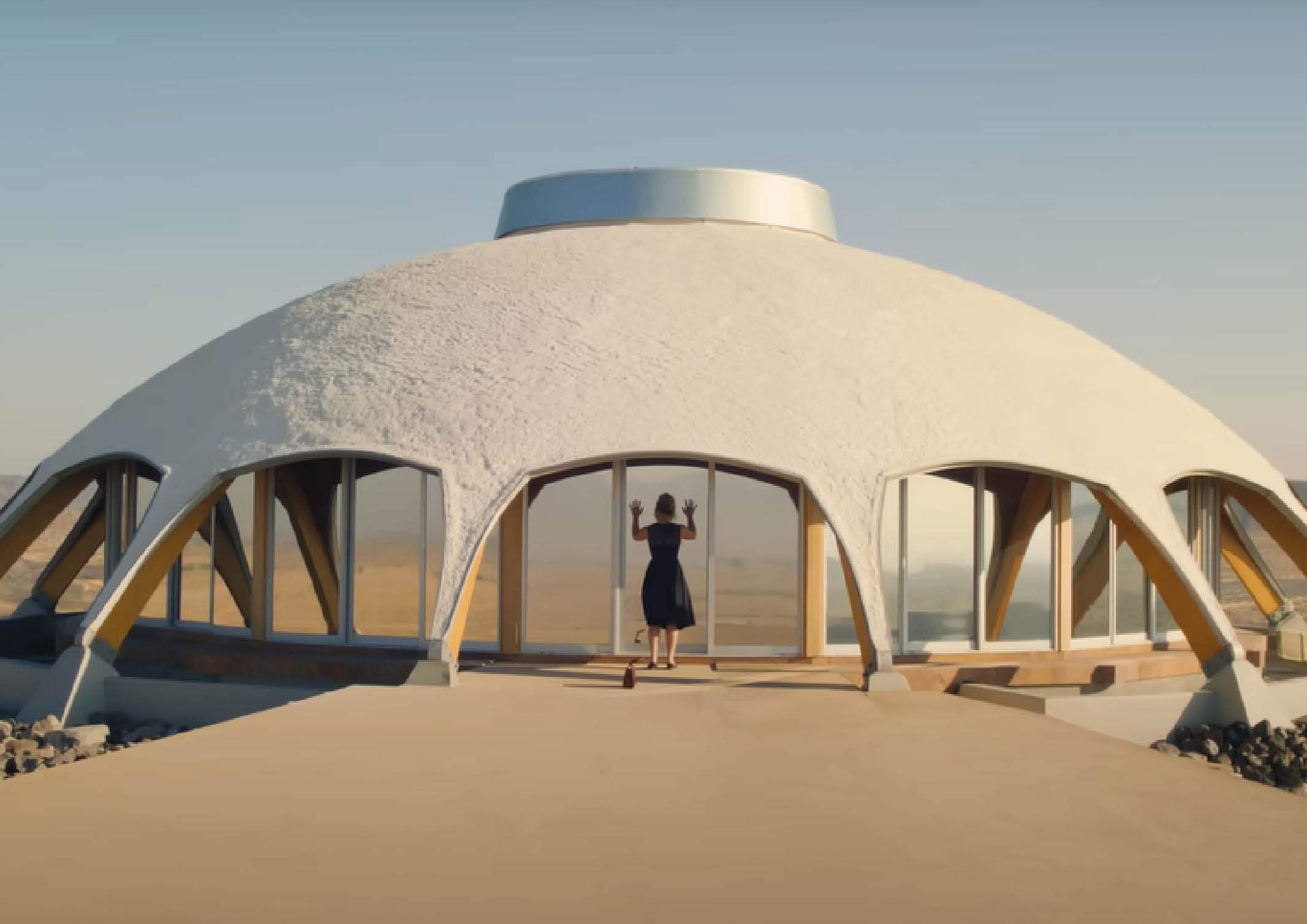
As the physicality of architecture is dematerializing, Architecture is set to become a very metaphysical thing. At present, Architecture is still very tangible. But there is already an imaginable state where all the physical elements could become, somehow, simple images. There is going to be an interpenetration on the physical world that we live in. And people live with it already, with information overload as the norm and social media as the training center just for that. This, and for many other reasons leave us to the question:
How do we make substantial architecture when substantial things are losing their meaning?
